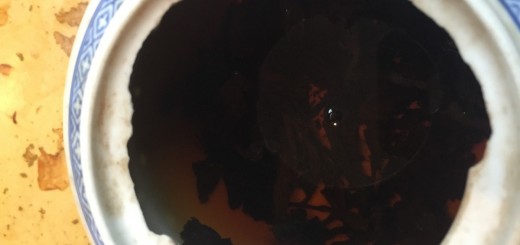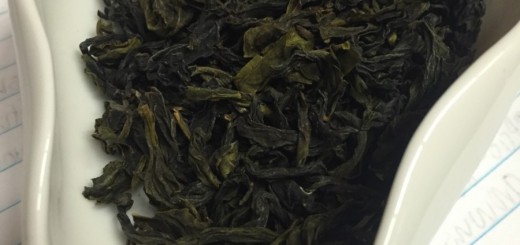The Plantation History and Contemporary Business of Tea
Tea- the second most consumed drink in the world behind water, carries with it some of the richest lingering history. So intertwined among human history and the development of a people’s culture, tea has spread into a strongly grounded drink with strong ties to the physical and cultural development of what was once a people and what is now a globe. Tea began its growth among various plantations among mountainous terrains where the drainage was rich and the sun, radiant. In The Darjeeling Distinction we learned of a developed rich tradition behind tea growth. Darjeeling was especially rich of tradition because of it’s narrow growing conditions and specific qualities and practices needed to succeed. Darjeeling began to be specially tended and gained a reputation for it’s quality and rarity. Following in its footsteps, plantations began to develop reputations for their teas. Plantations growing “easier” teas such as an Assam variety that was simply more resistant to growing and brewing conditions, began to be regarded for the common class and consumed by the general public. Plantations with greater attention to specific teas such as in Darjeeling gained a more esteemed reputation and were regarded as divine teas for those who held greater privilege. As tea consumption spread toward Europe, specifically Britain, this tradition of growing practices began to diminish. As more resistant tea varieties, much like Assam, began to grow globally, an established taste of place was lost. The spread of tea grew rapidly along with a decline of a purpose to develop tea for its flavor.
Contemporary practices of tea growth and varieties have grown to accommodate its rapidly growing demand and declined in its accommodation for specificity or a developed flavor profile. Tea has grown into a global commodity causing its decline in attention to a specific flavor profile. The area in which tea is grown is has on of the greatest influences on a producers ability to capitalize on it.Assam has become the most easily accessible due to its ability to grow in greater regions and conditions. Varieties such as Darjeeling have created a niche for specialty teas that continue to specialize in a flavor of its place due to its narrow growing conditions. Tea varietals in the contemporary market have had the greatest effect on consumer accessibility; as tea has grown into a commodity, becoming the world’s second most consumed drink in the world behind water, it is treated as such with people becoming more concerned with how they can get more for less. Aspects such as brewing conditions have grown to create a greater, more direct effect on its actual gastronomical pleasure.
The greatest realization through seminar work and Olympia tastings was the root of a sense of place in a tea. Could we really distinguish a sense of place in a Darjeeling tea or any other variety? Would a tea from a small Dim Sum house in San Francisco taste that different from a local Olympia tea? How do you specialize a commodity? When tea began as an industry, this could all be rooted back to what plantation it came from and the kind of reputation it upheld. As tea has spread globally, this drink has in many tangible ways lost its authenticity and connection to any specific place. However, much like many terroir laden foods, the culture of where it is brewed and how those consuming choose to consume it is what forms an image of place- whether that be in your mother’s cast iron pot or in the bustling rush of San Francisco with some friends, each environment creates it’s own, individual sense of place.



